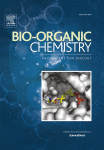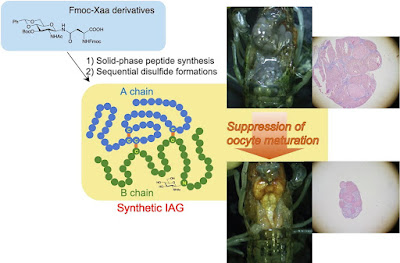It turns out the regulatory situation in England and Wales (but not Scotland or Northern Ireland?) is a little complicated.
Marmorkrebs were banned in 2016 as part of a European Union intiative. When the United Kingdom left the European Union, the regulations against Marmorkebs stayed as part of “retained EU law.”
While the government website lists exemptions that people “may” be able to invoke to keep existing pets, it seems none of them would apply to Marmorkrebs. In particular, the “grandfather clause” allowing people to keep existing pets should not apply since Marmrokrebs don’t live as long as the regulations have been in effect.
I also have to snicker a bit about the rule that says if you have one of these animals, you must not let it reproduce. I’m not sure how you are supposed to prevent that in a parthenogenetic animal.
External links
The animals banned as pets in the UK - complete list
Invasive non-native (alien) animal species: rules in England and Wales
Form CRAY2: Application for a licence to keep non-native crayfish





